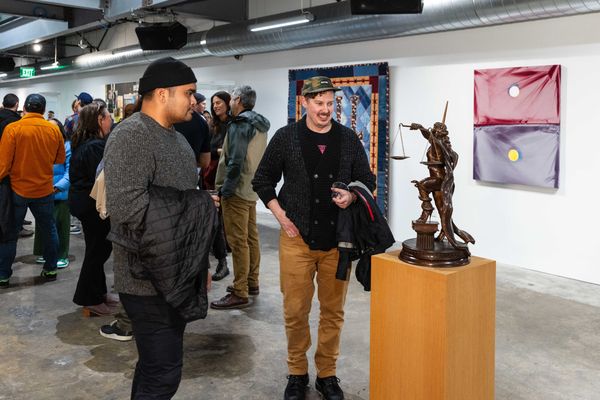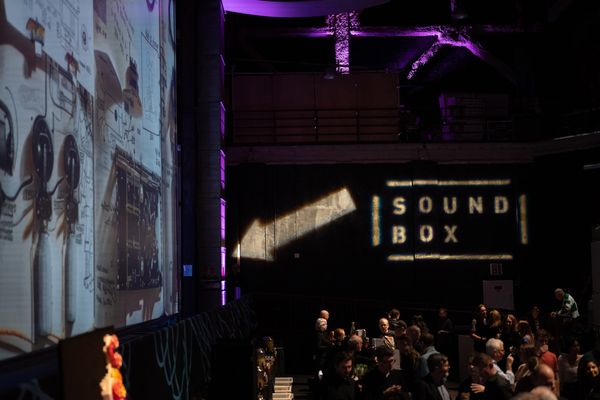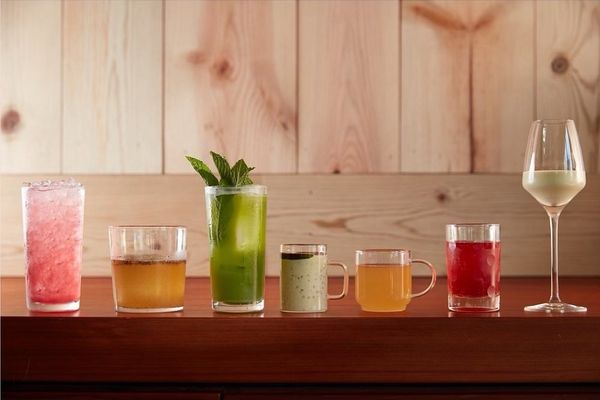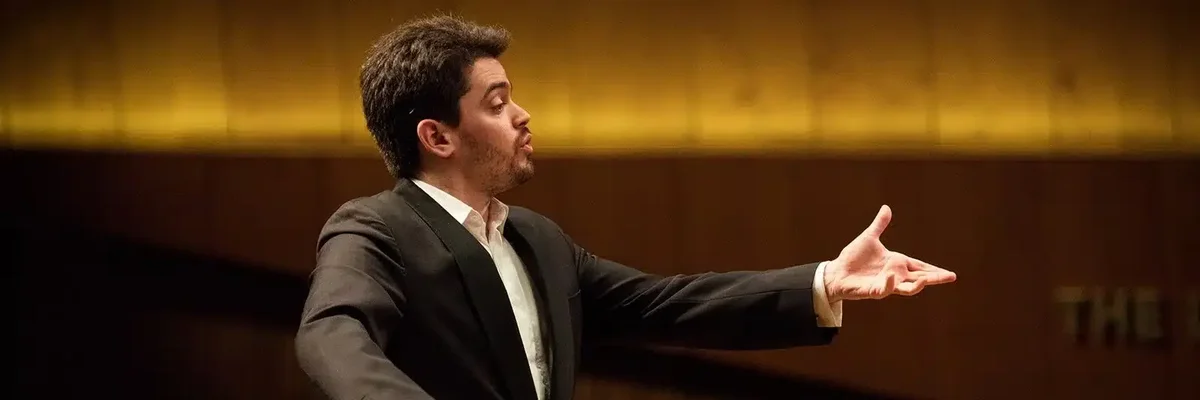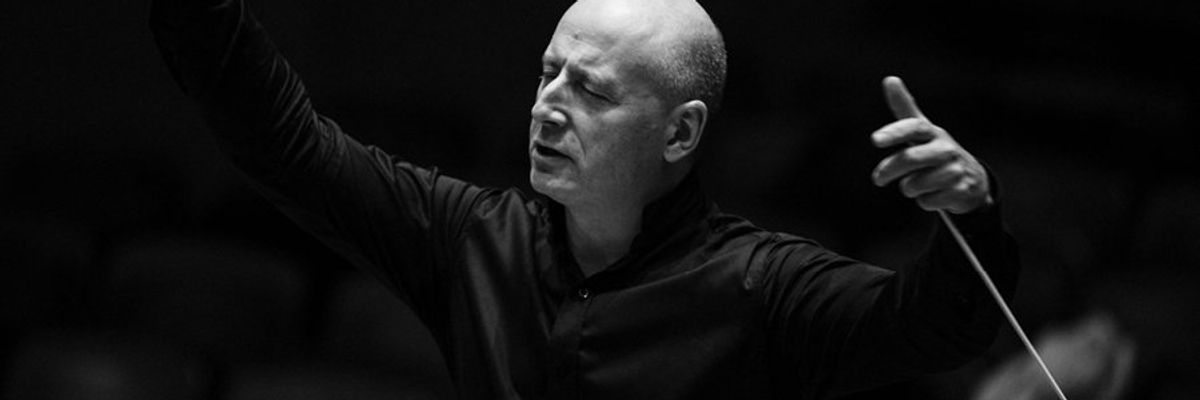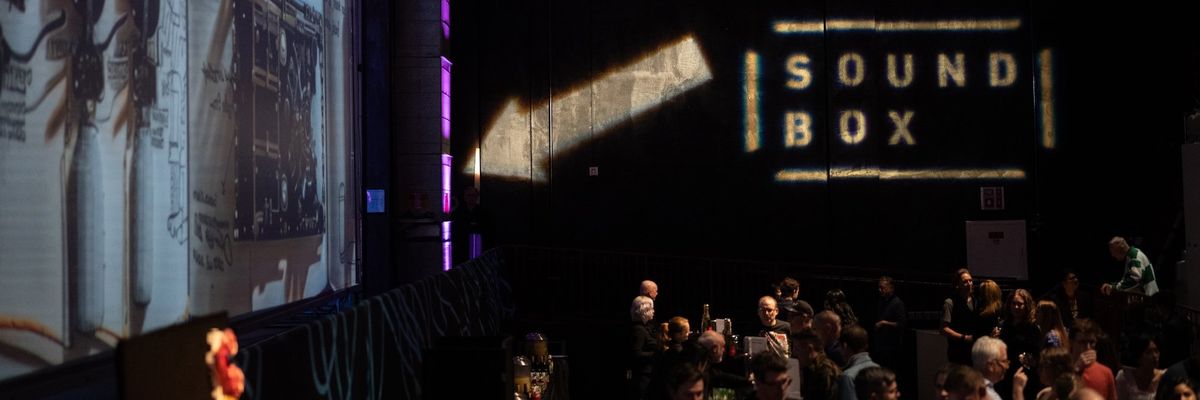While demographers and marketing executives may argue over how to define generations, they agree about the impact that Generation Y -- no matter which set of age parameters you use -- is having on communications technology, ecommerce, and the media.
It’s huge, as several recent reports document.
For example, a recent study from Barkley reports that Millennials aged 16-34:
- Watch much less TV than other Americans (26 percent v. 47 percent).
- But watch many more TV shows on laptops (42 percent v. 18 percent), and other devices.
- Are much more likely to be influenced by their friends about where to shop, etc. (70 percent v. 45 percent).
- Like to check out brands on social media sites more than older Americans (53 percent v. 36 percent).
- Like brands more if on social media sites (33 percent v. 17 percent).
The same study found that Gen Yers are much more likely to use a mobile device to research products and services (over 50 percent v. 21 percent), or make impulse purchases (over 50 percent v. 36 percent).
Also by a wide margin, younger shoppers prefer to have their purchases charged to their phone bill rather than a credit card, which is the reverse of the preferences of older shoppers.
All of these data points suggest that the emerging generation consumes and shares media and communications socially in ways that earlier generations did not.
In my interviews with young entrepreneurs at companies like Getaround, TappMob, and Kiip, they all indicate that the products and services they are building speak to the needs of others much like themselves.
For example, Jessica Scorpio at Getaround told me, p2p sharing like that offered by her company makes sense to most Millennials: “Gen Y grew with sharing, we're used to it and we are environmentally conscious as well.”
Justin Mardjuki at TappMob said “we’ve created an app to communicate with our parents easier.” Also, he added, to make it easier to meet up with friends.
Meanwhile, Brian Wong at Kiip used his background as a gamer to create a promising new ad model. Whenever someone playing a game gains an achievement, Kiip proposes to offer the player a voucher good for a reward from the real world from any number of hand-picked brands, like Sephora, 1-800-Flowers, Carl's Jr., or Dr. Pepper.
From these and dozens of other startups, you can begin to envision a media and shopping landscape radically different from the brick-and-mortar world of the past.
Not that all print media or physical stores are going to disappear – I’m not suggesting that -- though many, like Borders or the print version of the Seattle Post-Intelligencer, already have.
But the transformative impacts of social, local, and mobile platforms on both the media and ecommerce landscapes of the near future can no longer be considered as anything other than inevitable.








